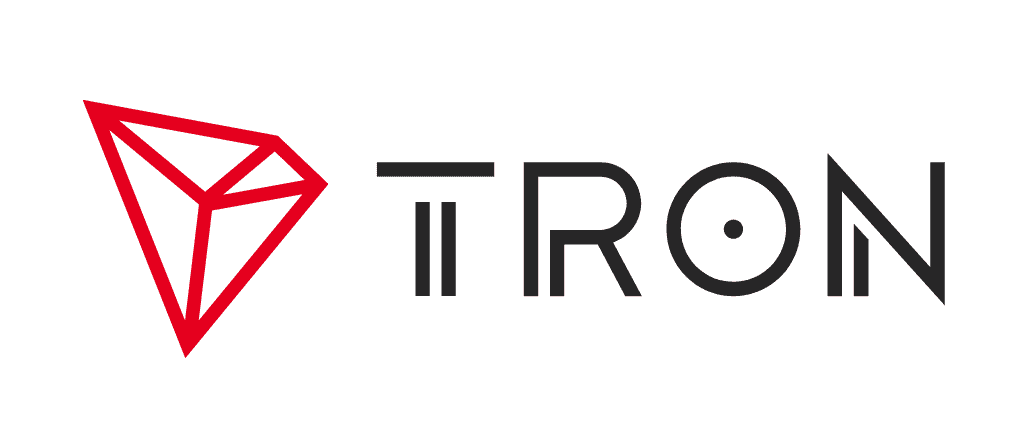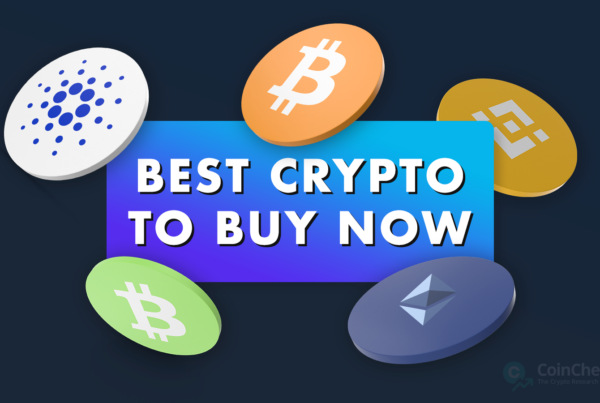Last week the total capitalization of all cryptocurrencies combined exceeded $3 trillion for the first time ever. While the figure itself is remarkable, it is even more fascinating that the $2 trillion mark was crossed just seven months ago, and $1 trillion three months before that, which points to the exponential growth of the crypto markets. The rapid appreciation of many crypto assets has also attracted a large influx of new investments. Last week, leading digital currency investment firm Grayscale reported more than $60 billion in assets under management (AUM). Grayscale’s AUM now exceeds the AUM of the world’s largest spot gold ETF, which indicates that investors have recognized cryptocurrencies as a good store of value asset class and according to many modern investors, cryptocurrencies are even better than precious metals in hedging against inflation. But which coins should you keep an eye on this week, if you want the best odds to see green numbers at the end of the week? Find out 3 ideas in the following article.

3. VeChain (VET)
VeChain is a project that utilizes the combination of the IoT (Internet of Things) infrastructure and blockchain technology to improve the efficiency and transparency of the existing real-world asset supply chains. The main feature VeChain offers is labeling products with RFID or QR codes, which are scanned at every step of the transportation process, granting the supply chain manager higher levels of control and more insight into the whole process, which turned out as an extremely useful feature in the past few months when many companies faced a supply-chain crisis. The project development and maintenance are overseen by the Singapore-based company carrying the same name, which was founded by Sunny Lu in 2015. VeChain utilizes a Proof-of-Authority consensus algorithm, and their enterprise-focused platform relies on two tokens: the VET token is used as a carrier of value on the network, while the VeThor Token (VTHO) is used to pay for transaction fees and the execution of smart contracts.
SURFACE mainnet upgrade scheduled for November 16
At the end of October VeChain announced they will roll out the renewed Proof of Authority consensus dubbed the PoA 2.0 in November. After successful deployment on the VeChain testnet on November 5 and a favorable result of the community VeVote, the upgraded consensus algorithm will be deployed to the mainnet on November 16 in an event called the Surface mainnet upgrade. The upgrade will be triggered at block #10653500, which is going to be proposed at 8 AM GMT. The PoA 2.0 consensus algorithm which combines characteristics of two of the most common consensus types (the Nakamoto and Byzantine Fault Tolerance (BFT) consensus mechanisms) is described in VIP193. This improvement proposal describes three major improvements: the VRF-based source of randomness, a committee-based block-producing process, and a passive block finality confirmation process. In Phase 1 of the deployment, the VRF source of randomness will be implemented. After implementation, it will be next to impossible to predict block proposers ahead in time, thereby further increasing the security of the VeChainThor blockchain. VeChain also re-assured its users that no actions are required by holders of VET or any other token on the VeChainThor blockchain because of the mainnet upgrade.

2. TRON (TRX)
TRON is a delegated proof-of-stake (PoS) consensus model blockchain platform that launched its mainnet in June 2018. However, TRON’s native asset TRX existed even before the mainnet launch in the form of an ERC-20 token on the Ethereum blockchain. Like Ethereum, Solana, and Polkadot, TRON blockchain is designed to host smart contracts and decentralized applications (dApps). TRON blockchain is known for its fast transactions and low transaction fees. In addition, Tron blockchain can host custom TRON-based tokens, issued by using the TRC10 and TRC20 standards. The project was founded by Chinese entrepreneur Justin Sun, and its development is headed by the Tron Foundation, which was established in 2017. Since then TRON has grown to become a major player in the blockchain sector. Its network is host to some of the leading apps in the industry and sees a huge volume of data and wealth transferred across its ecosystem each day.
TRON established a $1 billion ecosystem fund to incentivize developers
Tron Foundation recently unveiled the establishment of a massive fund to support the adoption of the TRON ecosystem. Much like Algorand, Avalanche, and some other DeFi-focused chains that have also launched their development funds over the last couple of months, TRON’s fund is also designed to attract new developers to build on TRON. Nevertheless, the platform wants to attract already established projects too as the largest incentives will be provided to protocols that currently operate on other chains and decide to migrate across to TRON. With the $1,111,111,111 ecosystem fund TRON aims to further expand its already burgeoning ecosystem of various decentralized finance (DeFi), non-fungible tokens (NFTs), and stablecoin projects. TRON founder, Justin Sun hopes that the fund will help them keep the developmental momentum. He stated:
“This fund reflects our constant efforts to innovate and stay at the bleeding edge of blockchain. As the blockchain universe expands to new horizons, cross-chain interoperability, especially in DeFi and NFTs, will play a critical role in our continued success. Accordingly, encouraging the developers who are the backbone of this decentralized movement to join us is crucial for maintaining the TRON ecosystem’s longevity and competitive edge.”
The fund was well received by investors as VanEck’s VTRX exchange-traded note (ETN) saw a dramatic increase in demand in the days following the announcement. The note, which is fully backed by TRON’s native token TRX, added another 200,000,000 tokens on November 2 alone. The VTRX’s aggregate holdings currently float around 800 million TRX, worth over $100 million at the time of writing. In addition, TRON recently celebrated two major milestones. The number of TRON accounts surpassed 62 million and TRON became the 6th largest blockchain by total value locker (TVL) according to DefiLlama. In addition, the TRON ecosystem is lately experiencing higher weekly inflows than Cardano and Solana.

1. Bitcoin (BTC)
Although we believe Bitcoin does not need much introduction and that all eyes would be on it even if it were not featured on our list, here is a short summary of the history and key characteristics of the first truly decentralized digital currency. The world’s pioneer cryptocurrency was launched by a pseudonymous figure named Satoshi Nakamoto in 2009 and has a capped supply of 21 million coins. The decreasing miner block rewards make the cryptocurrency scarcer with time, ensuring a deflationary nature. Bitcoin is also often referred to as the barometer of the cryptocurrency market as other assets usually follow BTC’s price performance.
Bitcoin set a new ATH price by trading at $68,770 on November 10
On Wednesday, November 10, Bitcoin price climbed and peaked at $68,770 which is the oldest crypto’s new ATH price. Bitcoin’s appreciation contributed a lion’s share to the crypto market’s total valuation exceeding the $3 trillion mark. However, soon after setting the new ATH, BTC plunged by $5,000, causing it to retest the $63,000 support level. During the fast-paced market correction, more than $500 million worth of open long positions were liquidated. However, the Bitcoin market still looks very bullish, and the recent Bitcoin Taproot soft fork can only improve the market sentiment. Following a rather rare moment of consensus among Bitcoin miners, the first bitcoin upgrade in four years was activated on November 15. The Taproot upgrade will add something known as Schnorr signatures, which essentially makes complex multi-signature transactions indistinguishable from simple one-signature transactions when viewed on the public ledger. Doing so the Taproot upgrade not only increases user privacy, but also makes smart contracts on Bitcoin smaller in terms of used blockchain space and cheaper. In addition, the Lightning Network and other complex wallets and contracts will enjoy greater efficiency and lower transaction fees, further promoting the usage of Bitcoin as a medium of exchange. Do you also think that this enhanced functionality and efficiency can pump Bitcoin up to yet another ATH price?



